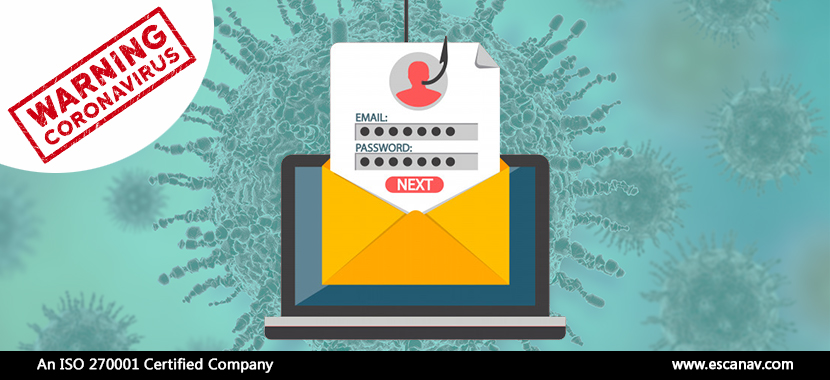Public emergencies are just a welcome excuse for hackers to exploit the masses for monetary gain. The spread of COVID – 19 has given the cybercriminals a tempting motive to use their sinister ways to siphon off users’ hard-earned money. In recent times, across various countries, various hackers have run several attack campaigns taking advantage of the deadly pandemic that is affecting people all over the globe.
What is Coronavirus (COVID-19)?
Coronavirus constitutes a family of viruses that cause various illnesses ranging from the common cold to severe respiratory diseases.
Detected by the Chinese authorities in January, this new strain of the virus had not been identified before and hence little is known about it. However, human-to-human transmission has been confirmed.
The virus made the jump from animals to humans as the last year was on the brink of its conclusion. On the 11th of this March, the World Health Organization (WHO) declared the outbreak of Coronavirus which expanded its terror on a global scale.
To make matters worse, hackers have found a way to use the rapidly progressing threat to inject malware into the computers. Below we have discussed the various kinds of coronavirus-themed attacks as observed by our experts.
Our experts have noticed that a large number of coronavirus related domains were registered globally, out of which many are not only malicious but suspicious as well.
· Hackers have been noticed distributing Trojans like Emotet, AZOrult, AgentTesla keylogger, and NanoCore to siphon user credentials through various coronavirus themed attacks.
· Among a large number of attacks that were noticed, an email impersonating the director of Milan University with steps to curb the prevention of the coronavirus steps. The motivation of the hacker came to light when the login credentials of users were requested for.
· In another instance, attackers constructed an email that indulged users in their curiosity for a coronavirus cure. For further information about the cure, the victims were made to click on a malicious link.
· In another sophisticated form of attack, users received an email from The World Health Organisation, containing an MS word document that further contained a link that would lead the users to a fake MS office website.
· Some threat actors prompt users to download an application that would keep them updated on the Coronavirus situation that’s at an alarming rise. It simply displays a map of how the virus is spreading. When the users land on the page the attackers attempt to generate a binary file and install it in on the user’s computer. However, this is only seen affecting a machine running on windows.
As suggested by our experts, below are some prevention tips –
· Be vigilant and avoid clicking on any promotional links in the email.
· Instead of clicking on the link, try googling directly for any general information that you may seek.
· Do not fall for any advertising baits that are too good to be true. For eg – Having an 80% discount on a well-known brand that is expensive and premium.
· If there is any doubt on the authenticity of the website then no matter what, do not share any information, especially login credentials.







